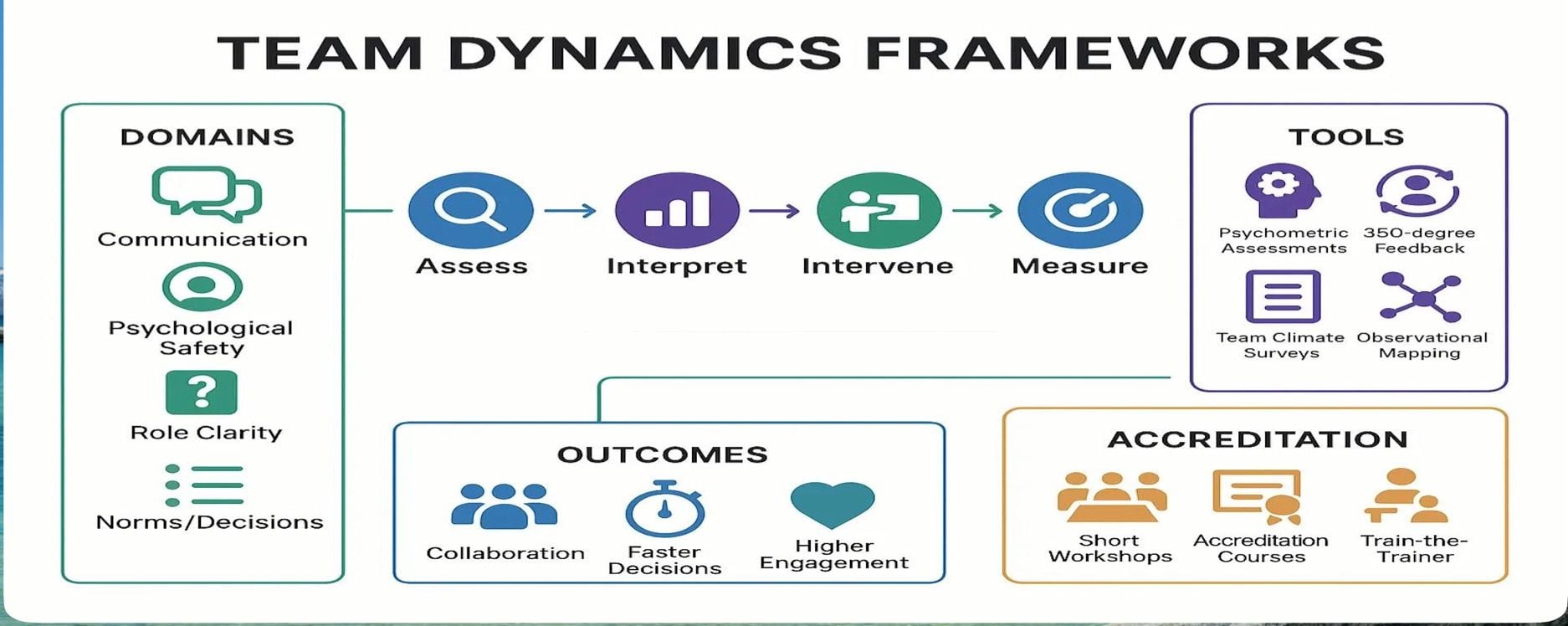Six Ways To Bounce Back From a Negative 360 Review
Unlike traditional reviews and other types of feedback, 360-degree reviews include input from a broad range of people: peers, managers, direct reports, and sometimes customers.
One of the most valuable aspects of this is the opinions are voiced anonymously, which encourages a higher level of honesty than you might normally get. However, the truth is not always pretty, and receiving a negative 360-degree review can be upsetting, especially when the opinions are echoed at many levels. But with the right attitude, you can still create a positive experience.
Keep in mind how you handle a bad 360-degree review (or any review for that matter) is far more important than the content of the review itself.
What the Experts Say:
- During the 360-degree review process, it's important to have an open mind.
- Remember no one is perfect and every manager, no matter how seasoned, has room to improve.
- It's your job to figure out what to do about those low scores.
Here Are Our SIX Principles to Follow If You Receive a Less Than Stellar 360-degree Review:
Reflect before reacting
Avoid a witch hunt
Decide what to respond to
Committ to change
Talk with your manager or team
How to handle outliers
1.Reflect BEFORE Reacting
After you receive the feedback, let the results sink in before you do anything. Try not to be defensive. Counter the defensive instinct by asking questions and being sympathetic with yourself, and those who gave feedback. No one is perfect.
Once you've taken time to process it, ask yourself whether the feedback rings true. Does it echo what you've heard in past reviews or from other people in your life, including those outside of work? Sometimes it can be helpful to talk with a colleague, your manager, or a mentor and get an additional perspective from someone you trust.
2. Avoid a Witch Hunt
While 360-degree reviews are intended to be anonymous, it is sometimes easy to tell who said what from the comments. It may be difficult to resist doing this type of deciphering, however, you should resist the temptation to reach out to your reviewers and address their input.
This will erode trust and breaches the understanding that individuals will not be sought out for the comments they may make and remember while you might "think" you know who said what you can never be 100% sure.
3. Decide What to Respond To
Remember that the review is made up of opinions. This means you don't have to react to everything.
A 360-degree review is different from a formal review by your boss in that you aren't obligated to address the feedback. Instead, be selective about what you are going to change. Use these three criteria to decide when to attend to a low score:
- Is this a consistent problem? Has it come up in previous reviews and from different people?
- Is the problem a fatal leadership flaw? Does it point to lack of integrity, authenticity, or honesty?
- Is it incongruent with your values? Does it conflict with the type of person you want to be?
Many 360-degree review tools cluster feedback according to its source. Take note of what level the feedback is coming from. Subordinates took a bigger risk in raising issues and have fewer avenues to discuss them with you, which suggests that these things are really bugging them and may mean they are even more confident of their views.
4.Commit to Change
When planning to change, focus on the future. Don't start immediately altering things that will make you feel better now. Often this won't help you achieve your goals in the long term. It is unlikely, even with a great degree of work, that you will be able to move a low score to an off-the-chart strength.
Ask yourself: What's the smallest thing I can do that will make the biggest difference? Then, once you've done that small thing, assess how it went.
5.Talk with Your Manager or Team
Talk with your team and share an overview of the feedback you received. You don't need to tell them everything, but a general characterisation of what the feedback said, both positive and negative, can be very useful for your team to hear.
Make a commitment to your team or your manager as to what you are going to change and how. To keep you focused and to include them in the process, invite them to call you out when you aren't living up to your promises.
6.How to Handle Outliers
Sometimes it's clear from your 360-degree review that only one or two people had a certain negative opinion. Instead of completely dismissing that feedback, it's important to reflect on it.
It's possible that others agree with the feedback but were afraid to express it in the assessment. If you have an outlier critique, do more research and try to assess whether it holds any truth and if it needs attention.
Principles to Remember:
Do:
- Remember both positive and negative feedback is an opportunity to see your role in a new light
- Ask yourself what the value of changing a behaviour is, before you spend time and energy on it
- Commit to what you're going to change and how with your team or manager
Don't:
- Try to seek out your detractors for more information
- Attempt to change every negative behaviour; be discerning about which ones to focus on
- Instinctively focus just on the negative comments
Negative feedback can be a gift, it can help us improve and perhaps see a side of ourselves that we hadn't noticed before. Whilst there is a tendency to get upset and feel defensive having the ability to step back and analyse the information you've recieved about yourself can be a very important process not just in your career but life in general.
For more information about 360 Reviews click here.
Talent Tools can help in the implementation, interpretation and evaluation of 360 Review programmes to learn more contact us.
Original article written by Amy Gallo - which you can read here
Amy Gallo is a contributing editor at Harvard Business Review and the author of HBR Guide to Managing Conflict at Work.


)
)
)
)
)
)
)
)

